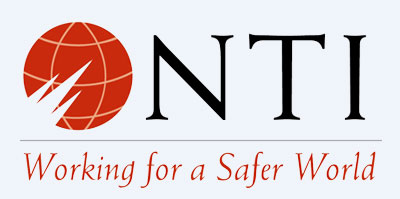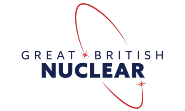The U.K. government has selected six companies to participate in the next stage of its small modular reactor (SMR) competition. The six companies are EDF, GE Hitachi Nuclear Energy, Holtec Britain Limited, NuScale Power, Rolls-Royce SMR, and Westinghouse Electric Company UK Limited. The advanced technologies offered by these firms are the “most able to produce operational SMRs by the mid-2030’s,” according to the government’s announcement on October 2nd.
The SMR competition was launched on July 18th of this year by Great British Nuclear (GBN). GBN is an “arms-length” governmental body that was formed to help increase the nation’s nuclear capacity to as much as twenty-four gigawatts by 2050. This would be about three times the current U.K. commercial nuclear reactor fleet’s output. The increase in the U.K. reactor fleet output could represent up to twenty five percent of Britian’s projected 2050 electricity demand.
GBR is managing the competition and will invite the six short-listed companies to submit bids for government contracts later this year. The firms that submit winning bids will be announced next spring and contracts will be awarded in the summer. The announcement stated that “This timetable aims to make this competition the fastest of its kind in the world.”
Claire Coutinho is the U.K. energy security secretary. She said, “Small modular reactors will help the U.K. rapidly expand nuclear power and deliver cheaper, cleaner, and more secure energy for British families and businesses; create well-paid, high-skilled jobs; and grow the economy. This competition has attracted designs from around the world and puts the U.K. at the front of the global race to develop this exciting, cutting-edge technology and cement our position as a world leader in nuclear innovation.”
Gwen Parry-Jones is GBN’s CEO. She said, “Our priority in this process has been to prioritize reliable and sustainable power to the grid early, and that’s why we have focused our first step on the technologies that we viewed as most likely to meet the objective of a final investment decision in 2029.”
With respect to company designed that failed to survive the competition’s initial round, Parry-Jones suggested that “the next opportunity could be the government’s consultation on alternative routes to market for nuclear technologies, which is expected to be launched soon. This will look at how to support newer technologies so that Britain can benefit from them as well.”
The down-selected technologies include EDF’s NUWARD, a 340 megawatt European pressurized water reactor (PWR) consisting of two 170 megawatt units; GE Hitachi’s BWRX-300, a 300 megawatt water-cooled, natural-circulation SMR with passive safety systems, adapted from the U.S.-licensed ESBWR; Holtec’s SMR-160, a 160 megawatt PWR with passive safety systems; NuScale’s VOYGR plant, consisting of 4, 6, or 12 77 megawatt NuScale Power Modules; Rolls-Royce SMR’s eponymous unit, a 470 megawatt PWR that has advanced to the second stage of the U.K.’s generic design assessment. It is the only entry to date to reach that stage; and Westinghouse’s AP300, a 300-megawatt single-loop PWR based on the company’s larger AP1000 unit.




